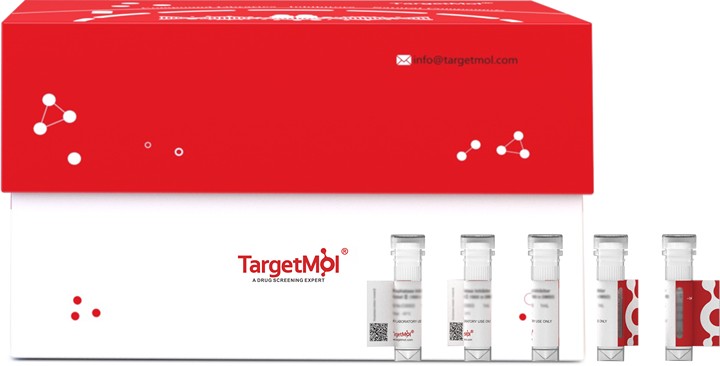Shopping Cart
- Remove All
 Your shopping cart is currently empty
Your shopping cart is currently empty

IL-15 & IL-15RA Protein, Mouse, Recombinant (His) is expressed in HEK293 mammalian cells with His tag. The predicted molecular weight is 34.46 kDa and the accession number is P48346-1 & Q60819-1.

| Pack Size | Price | Availability | Quantity |
|---|---|---|---|
| 100 μg | $700 | In Stock | |
| 1 mg | $4,560 | 7-10 days |
| Biological Activity | Activity testing is in progress. It is theoretically active, but we cannot guarantee it. If you require protein activity, we recommend choosing the eukaryotic expression version first. |
| Description | IL-15 & IL-15RA Protein, Mouse, Recombinant (His) is expressed in HEK293 mammalian cells with His tag. The predicted molecular weight is 34.46 kDa and the accession number is P48346-1 & Q60819-1. |
| Species | Mouse |
| Expression System | HEK293 Cells |
| Tag | C-His |
| Accession Number | P48346-1 & Q60819-1 |
| Construction | A DNA sequence encoding the mouse IL15 (P48346-1)(Met1-Ser162) was expressed with a polyhistidine tag at the C-terminus, constructed the plasmid 1; A DNA sequence encoding the mouse IL15RA (Q60819-1) (Met1-Lys205) was expressed with a polyhistidine tag at the C-terminus, constructed the plasmid 2. The two plasmids were co-expressed and the IL15 & IL15RA heterodimer was purified. Predicted N terminal: Asn 49 & Gly 33 |
| Protein Purity | > 95 % as determined by SDS-PAGE. > 95 % as determined by SEC-HPLC. |
| Molecular Weight | 34.46 kDa (predicted); 50.02, 23.49, 21.78 and 19.76 kDa (reducing conditions) |
| Endotoxin | < 1.0 EU/μg of the protein as determined by the LAL method. |
| Formulation | Lyophilized from a solution filtered through a 0.22 μm filter, containing PBS, pH 7.4. Typically, a mixture containing 5% to 8% trehalose, mannitol, and 0.01% Tween 80 is incorporated as a protective agent before lyophilization. |
| Reconstitution | A Certificate of Analysis (CoA) containing reconstitution instructions is included with the products. Please refer to the CoA for detailed information. |
| Stability & Storage | It is recommended to store recombinant proteins at -20°C to -80°C for future use. Lyophilized powders can be stably stored for over 12 months, while liquid products can be stored for 6-12 months at -80°C. For reconstituted protein solutions, the solution can be stored at -20°C to -80°C for at least 3 months. Please avoid multiple freeze-thaw cycles and store products in aliquots. |
| Shipping | In general, Lyophilized powders are shipping with blue ice. |
| Research Background | IL-15 and IL-15 receptor alpha (IL-15Rα) play a significant role in multiple aspects of T cell biology. Interleukin (IL)-15 is essential for natural killer (NK), NKT and memory (m) CD8+ T cell development and function, and is currently under investigation as an immunotherapeutic agent for the treatment of cancer. Recently, the creation of IL-15 superagonist by complexing IL-15 and its high affinity receptor alpha (IL-15 Rα) in solution, inspired by the natural trans-presentation of IL-15, advances the potential of IL-15-based tumor immunotherapy. Gene therapy using engineered cells co-expressing IL-15/IL-15 Rα complex for cancer treatment is also emerging. |

Copyright © 2015-2025 TargetMol Chemicals Inc. All Rights Reserved.